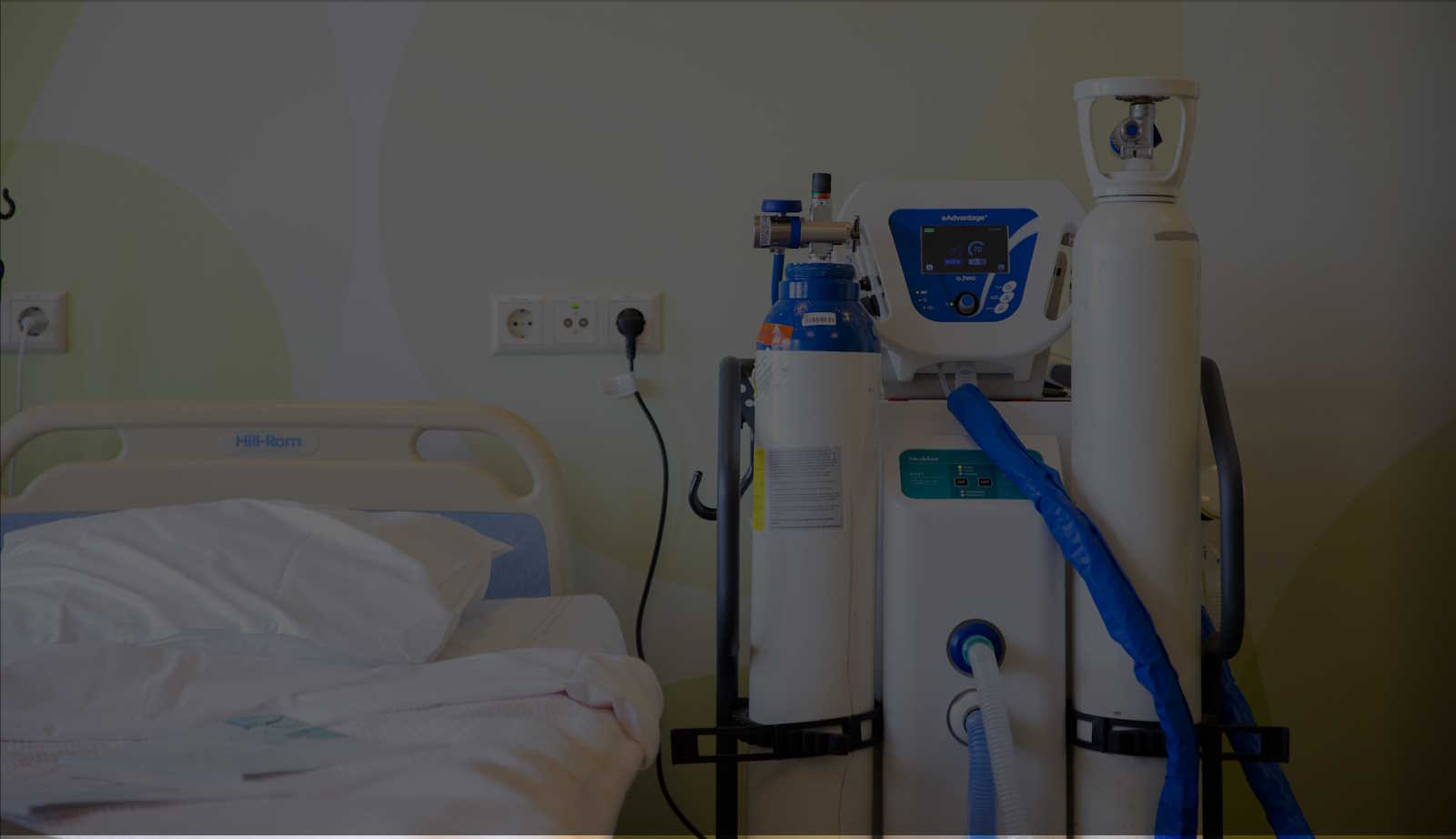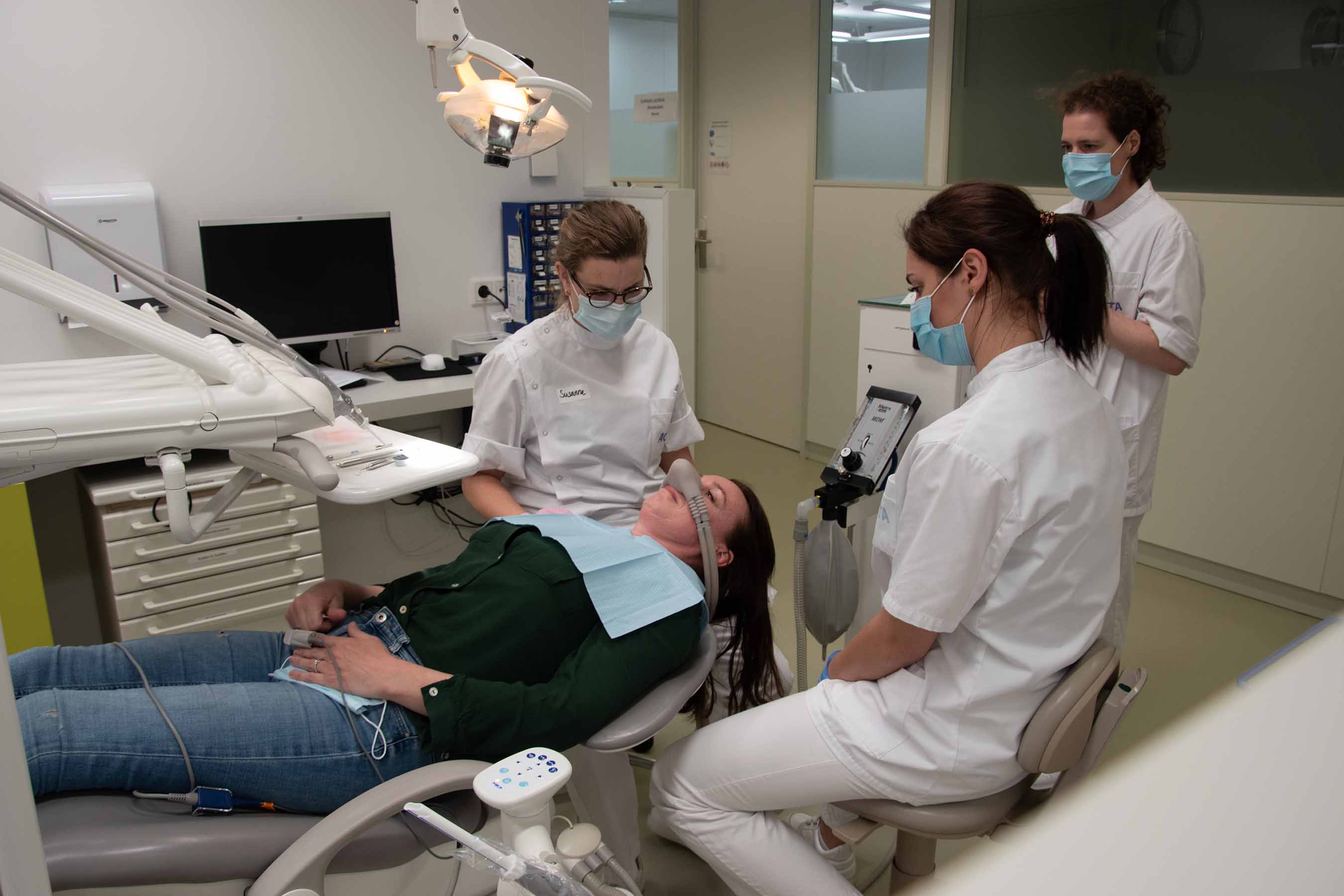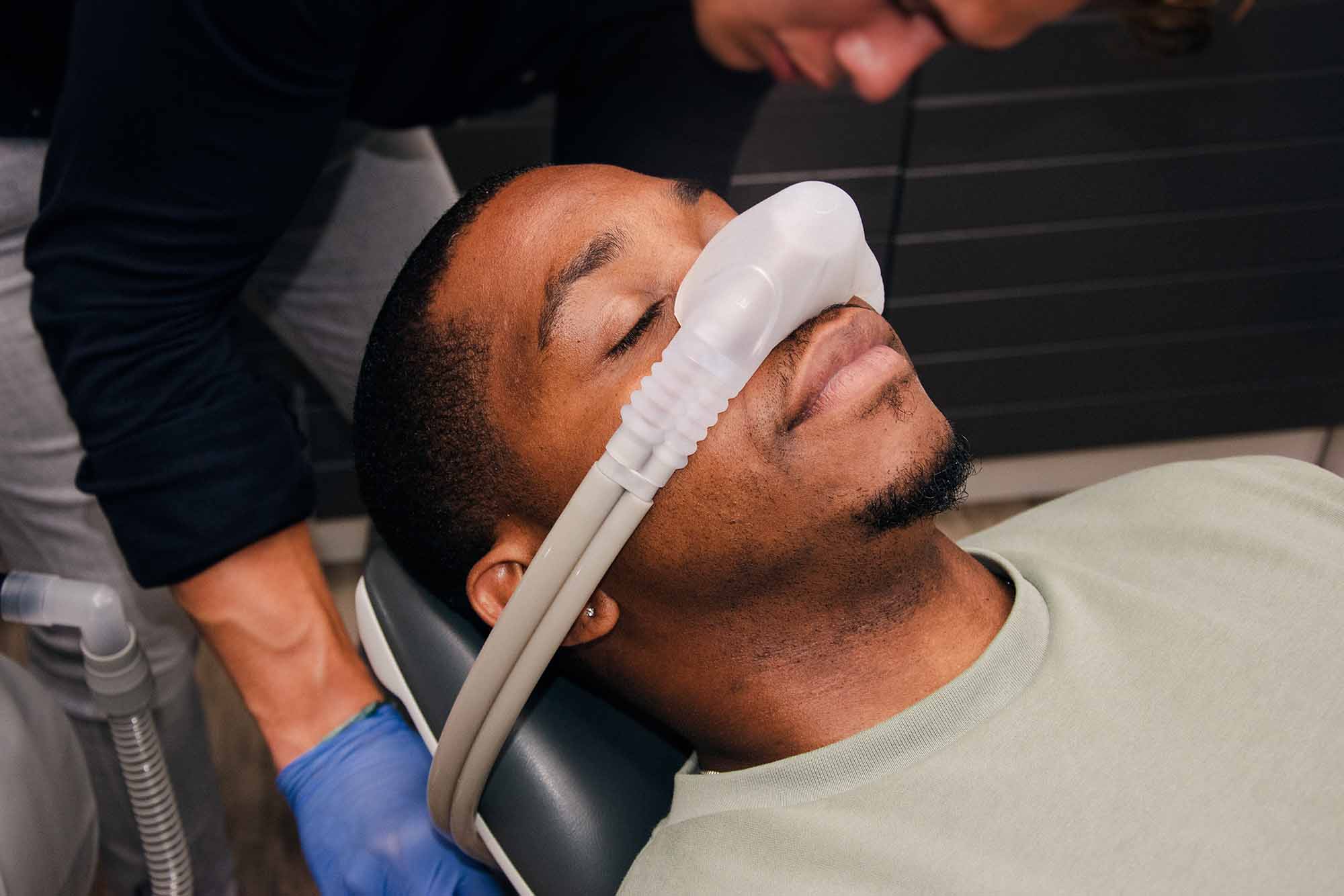
Everything about anesthesia at the dentist
Discover everything about anesthesia at the dentist! From the different types, combined with nitrous oxide sedation, to costs and side effects.
Everything about dental anesthesia and nitrous oxide
Dental treatments can be a source of anxiety for many people. Fortunately, anesthesia techniques make this experience much more comfortable. In this comprehensive article, we delve into the different types of anesthesia used by dentists, with special attention to nitrous oxide sedation. This is not only useful for dental professionals, but also for patients who want to better understand what to expect during treatment.
- Nitrous oxide in combination with other dental anesthetics?
- Administration process of nitrous oxide and dental anesthetics
- Benefits of combined anesthesia methods
- Side effects and aftercare for nitrous oxide and anesthetics
- Duration of anesthesia
- Cost considerations for using nitrous oxide with anesthesia
- Patient-centered approach
- Patients with personal preferences
Administration process of nitrous oxide and anesthesia at the dentist
Nitrous oxide is administered through a mask placed over the nose and mouth. The dentist regulates the amount of gas, ensuring that the patient feels relaxed yet remains conscious. In addition to nitrous oxide, a local anesthetic is often administered via injection in the area where the treatment takes place. This ensures that the patient feels no pain during the procedure. The combination of nitrous oxide with a local anesthetic allows even the most invasive dental treatments to be performed comfortably.


Advantages of combined anesthesia methods
The combination of nitrous oxide sedation with local anesthetics offers multiple benefits. It increases patient comfort, reduces anxiety, and allows the dentist to work more efficiently. Patients recover quickly from nitrous oxide sedation, meaning they can usually go home almost immediately after the treatment. This method is also well-suited for children and patients with special needs, as it significantly reduces the stress of dental treatment.

Personal approach at Grodenta

Side Effects and Aftercare of Nitrous Oxide and Anesthesia at the Dentist
While nitrous oxide is safe and effective, there are some side effects that dentists and patients should be aware of. Some patients may experience mild nausea or dizziness after using nitrous oxide. Therefore, it is important for patients to take some time to recover before leaving the clinic. Aftercare instructions, such as avoiding heavy meals or activities immediately after treatment, are also important.
Duration of the Anesthesia
The duration of local anesthesia varies, but generally, the effect lasts for several hours after the treatment. The exact time depends on the type of anesthesia used and the individual patient's response. Nitrous oxide, on the other hand, works almost immediately, and its effects dissipate quickly once the administration stops. This makes it an ideal choice for patients who wish to resume their activities soon after treatment.

Cost Considerations of Nitrous Oxide with Anesthesia
The cost of nitrous oxide sedation varies, but it is generally an affordable option covered by many dental insurance plans. It is important for patients to check with their insurance provider beforehand to see if the costs of nitrous oxide sedation are covered. The price of the treatment can vary depending on the amount used and the duration of the procedure. Local anesthetic prices also vary based on the type and amount of the substance used.
Patient-centered approach
Choosing the right anesthesia requires a patient-centered approach. Each patient is unique, with individual needs, concerns, and medical history. Therefore, dentists must carefully consider which anesthesia method is most suitable for each patient. Patients with special needs, such as those with anxiety disorders or specific medical conditions, often require a more tailored approach. For instance, for anxious patients, the combination of nitrous oxide sedation with a light local anesthetic can often be beneficial, as it helps them relax during the procedure.


Patients with personal preferences
It is also important to consider the personal preferences and previous experiences of patients with anesthesia. Some patients may prefer nitrous oxide sedation because of unpleasant memories associated with injections. Others may have had certain allergies or side effects in the past, influencing the choice of anesthesia. The dialogue between dentist and patient plays a crucial role in this patient-centered approach. By actively listening to the patient's concerns and wishes, the dentist can develop an anesthesia plan that is not only effective but also maximizes the patient's comfort and peace of mind.

